| Category | Quantum computing and interdisciplinary applications |
|---|---|
| Event Duration | 2016-02-24 - 2016-02-24 |
| Conference Name | Cooperative single-photon subradiant states |
| Content | Cooperative light-matter interaction is fundamental to the physics of spontaneous emission and is the foundation for many applications in quantum information. Superradiance and associated cooperative Lamb shift (CLS) are examples that demonstrate the collectivity in exchanging photons within an atomic ensemble. Resonant dipole-dipole interaction is regarded to initiate the superradiance with properties of directional emissions in an enhanced spontaneous decay rate. Because of its spatial dependence in the short range (∝ 1/r^3) and the long range (∝ 1/r), the decay behavior heavily depends on the density and geometry of the interacting medium. Recent experiments demonstrate a shorter timescale of the second-order correlation in the cascade atomic ensembles, and a significant red-shift of CLS in various atomic systems of an atomic vapor, ionic atomic array, cold atomic ensemble, and embedded Fe atoms in the planar cavity. In addition to that, subradiance which is a spontaneous emission in a rate lower than the natural decay one, is complementary to the collective effects. Single-photon superradiance and subradiance are of great interests because the Hilbert space involves only N of total accessible states, thus simplify the dynamical couplings between them. Here we propose a set of subradiant states that can be prepared and detected in the optical lattices. We find that the decay rates are highly dependent on the phases we manipulate to imprint. Our results provide a new paradigm for long quantum storage of photons in a two-level atomic ensemble using subradiant states, and offer opportunities for quantum information processing in optical lattices. Speaker:Hsiang-Hua Jen |
| Sign Up Duration | |
| Sign Up | Does Not Open Sign Up |
| Location | P512 of NCTS, 5F, 3rd General Building, Nat'l Tsing Hua Univ. |
Close



